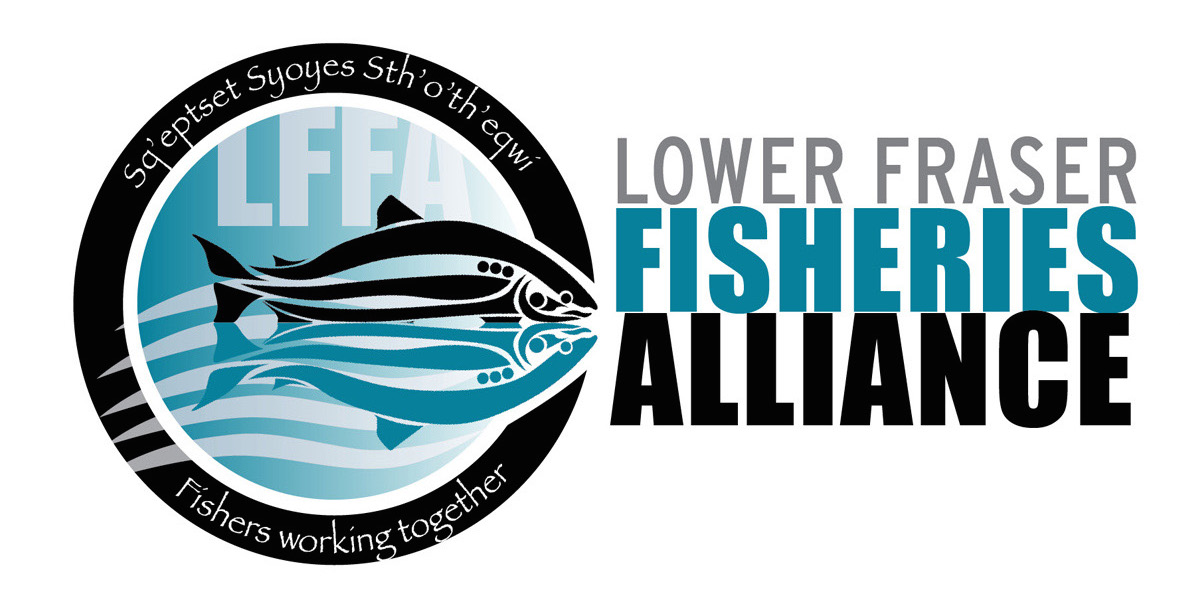Lower Fraser Climate Adapt Project
The Climate Adapt project is a collaborative effort between the Lower Fraser Fisheries Alliance (LFFA), participating First Nations of the LFFA and Zoetica Environmental Consulting Services. This website has been created by Culture Code.
This project is funded by First Nation Adapt Program, Crown-Indigenous Relations and Northern Affairs Canada.
The primary objective of the LFFA Climate Adapt project is to map areas of environmental value and threats to salmon to inform decisions on climate change adaptation.
Usage Instructions
Click on a layer in the left-hand menu to display it on the map. Click it again to remove it from the map.
To combine layers, click on the + icon that appears when you hover your mouse over a layer in the left-hand menu.
More Information
The Lower Fraser River and surrounding area will likely experience warmer, drier summers and milder, wetter winters over the near-to-medium-term, due to changing climatic conditions.
Median projected seasonal climate trends for the region show the following:
|
Precipitation |
Mean Temperature |
Snowfall |
| Winter |
+17% |
+1.4 °C |
+9% |
| Spring |
+14% |
+1.2 °C |
-4% |
| Summer |
-15% |
+2.5 °C |
0 |
| Fall |
+4% |
+2.1 °C |
-28% |
These projections are based on a moderate climate change scenario (HadCM3 B11) that was selected and run in the PCIC Regional Analysis Tool for the Fraser River Basin region, for the 2040-2069 time period. This scenario envisions rapid economic growth towards a service and information economy, a world population rising to 9 billion by 2050 and then decreasing, reductions in material intensity and the introduction of clean and resource-efficient technologies, and an emphasis on global cooperation to solve common challenges.
Climate change will affect fish and fish habitat through a complex matrix of interacting factors such as higher water temperatures, low water flows in summer, reduced glacier snowpack, changes in migration patterns, higher precipitation and winter storms and increased sediment load.
For detailed information please see the following documents:
